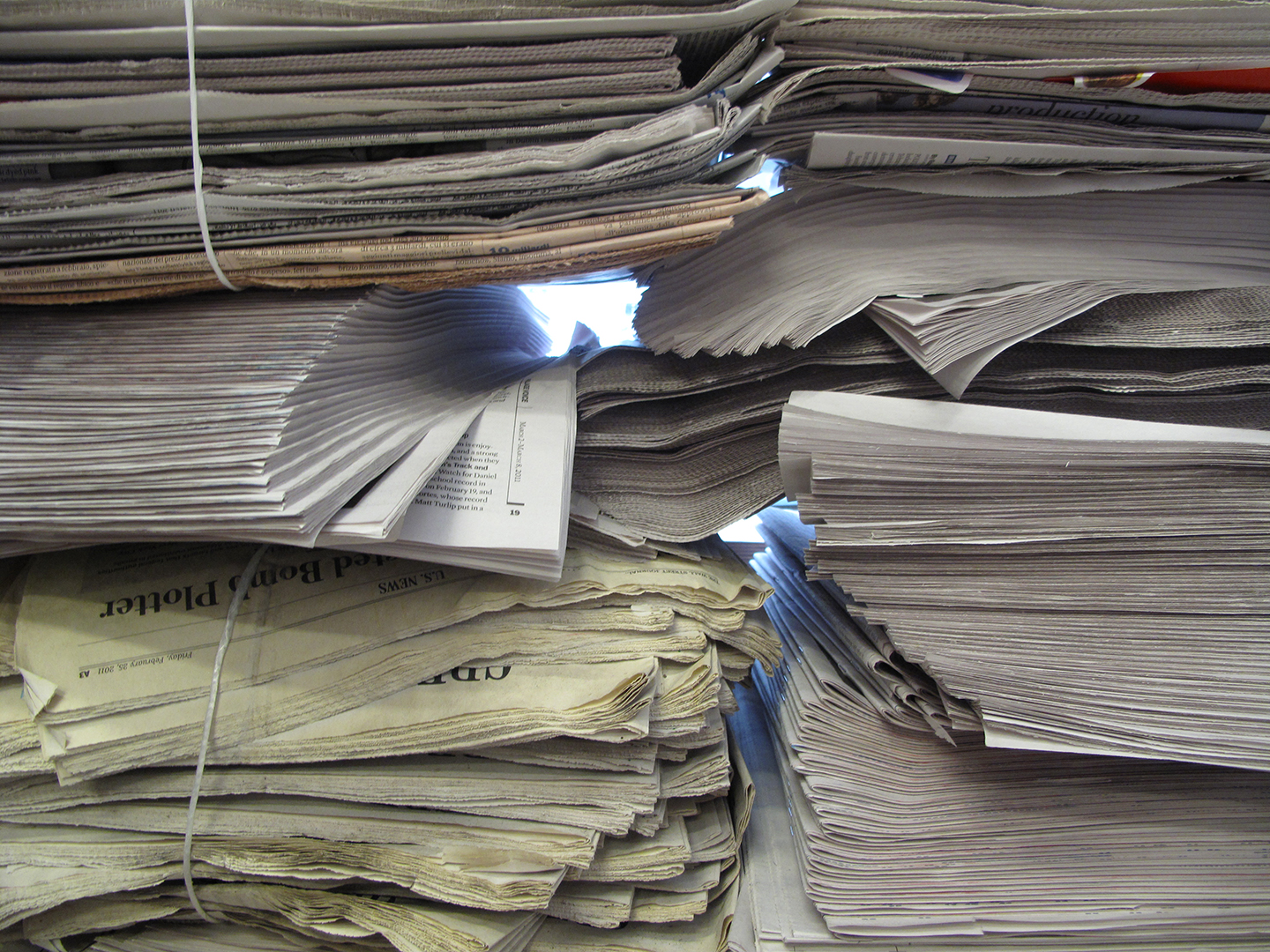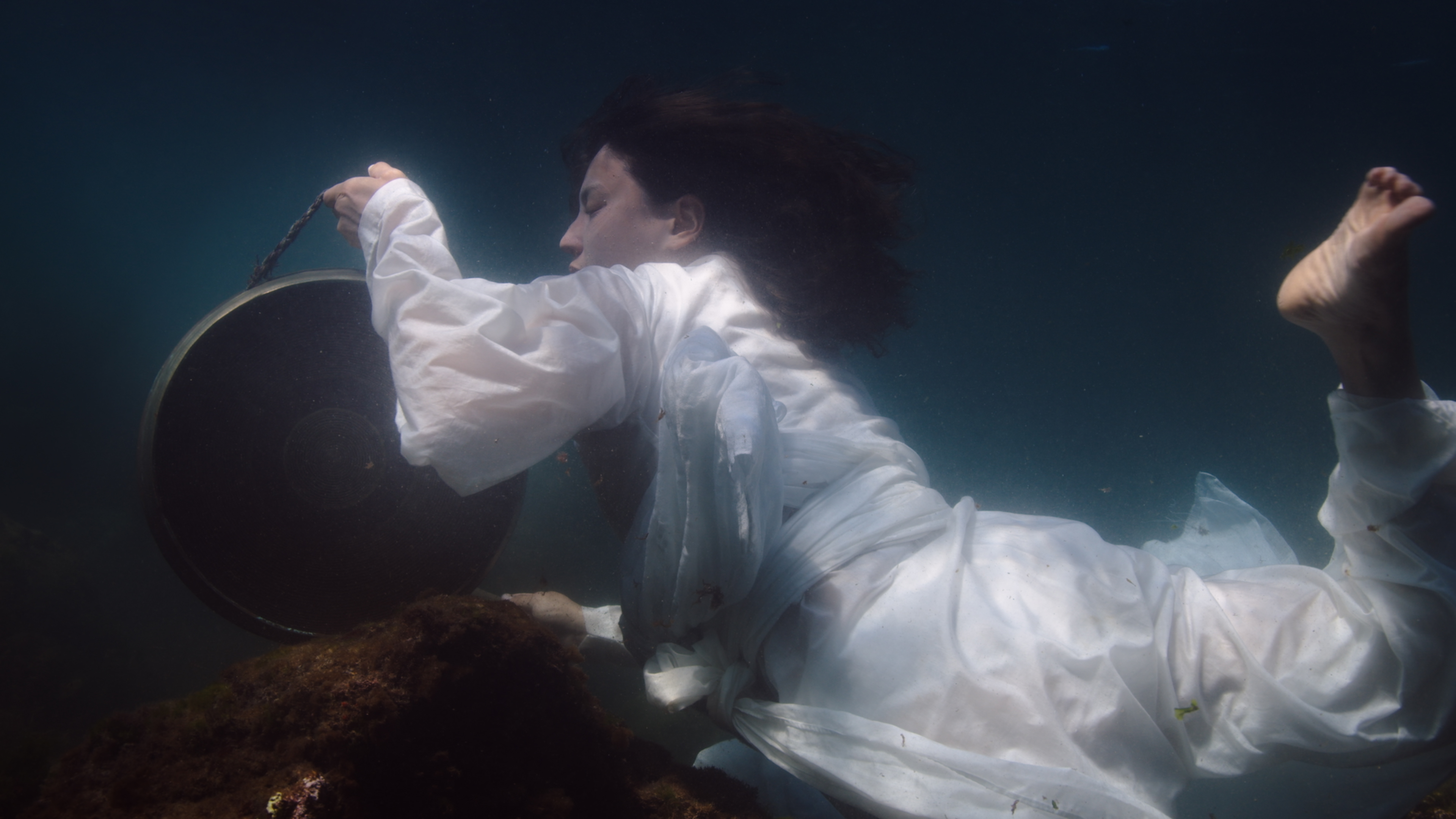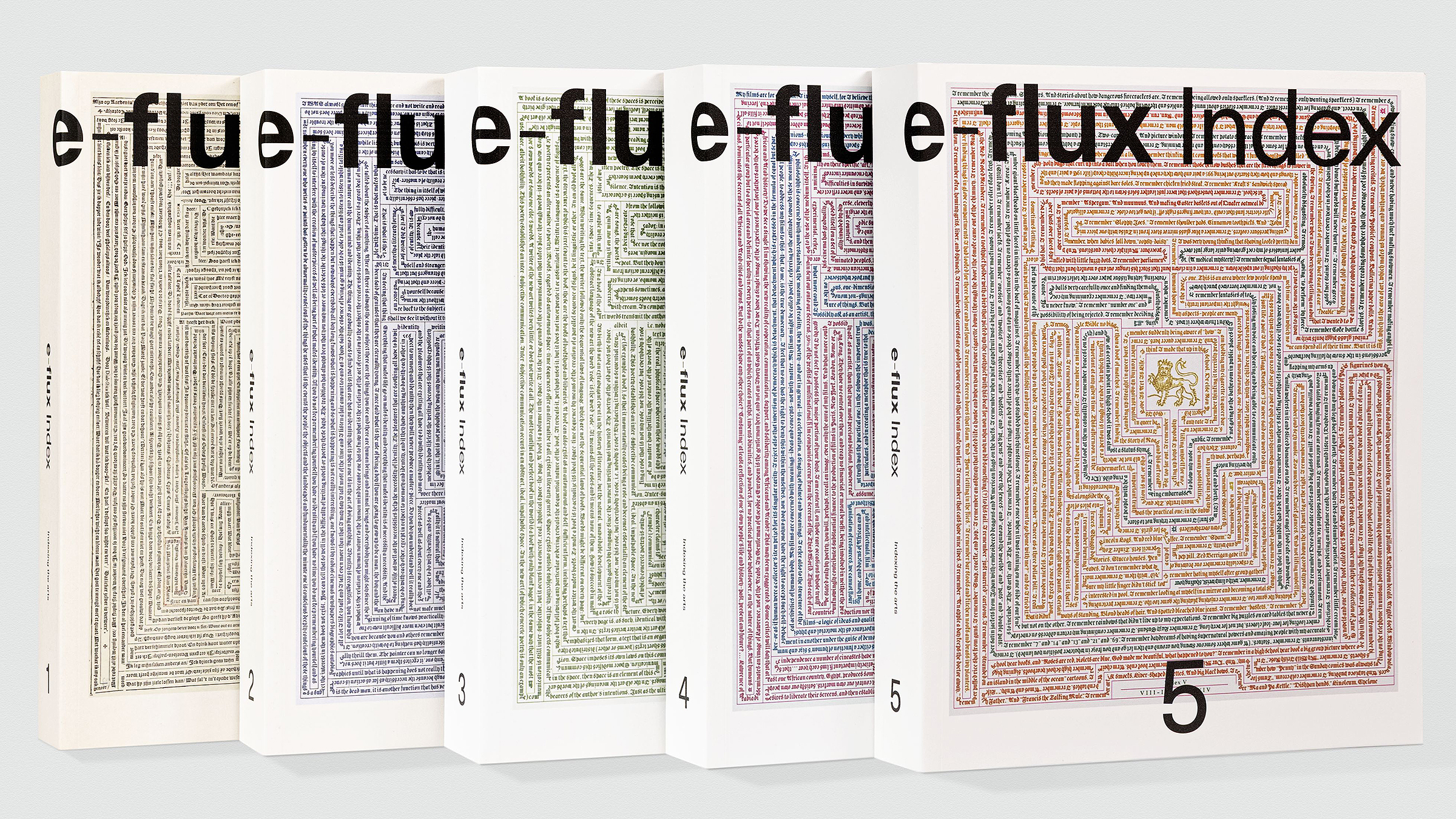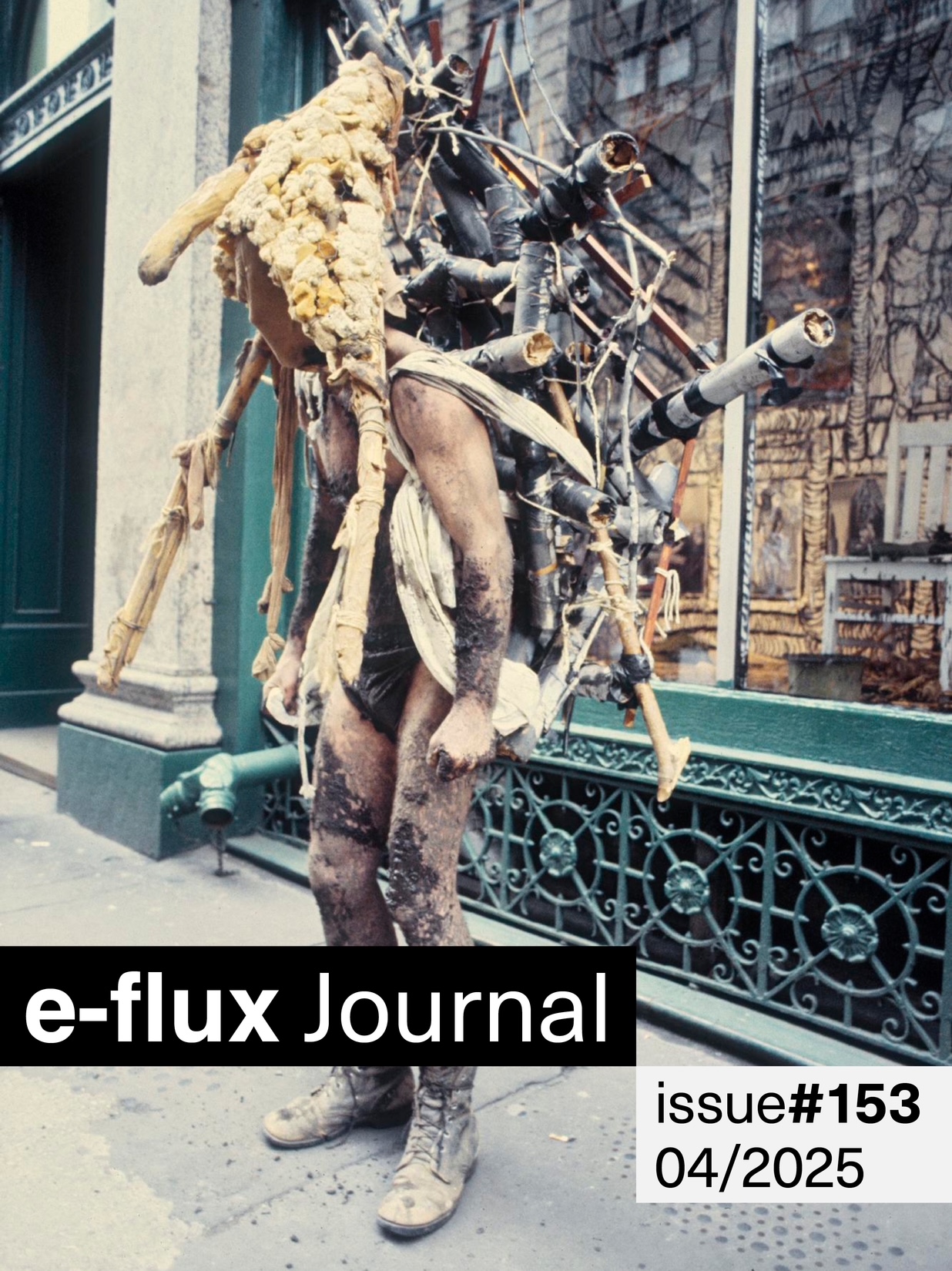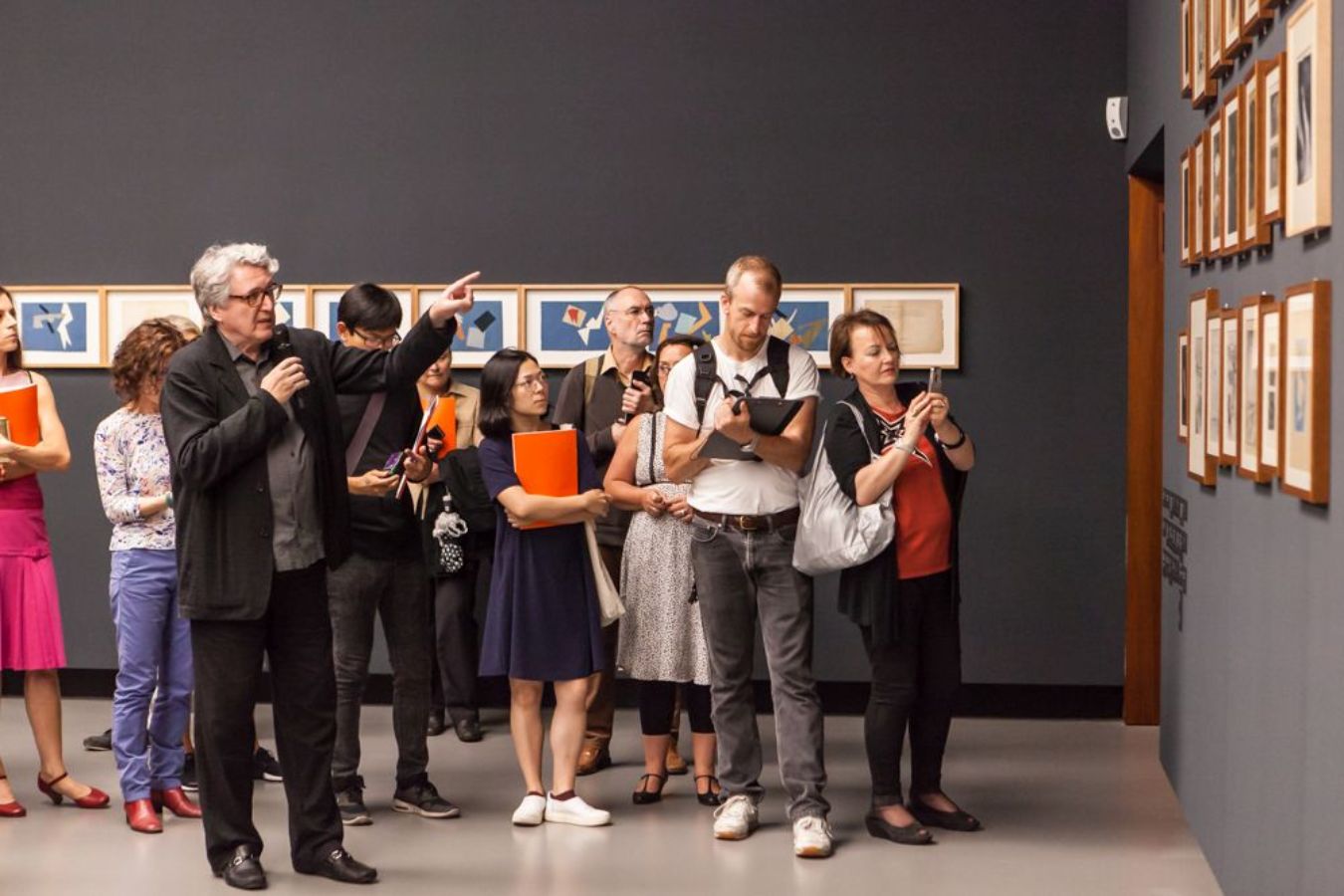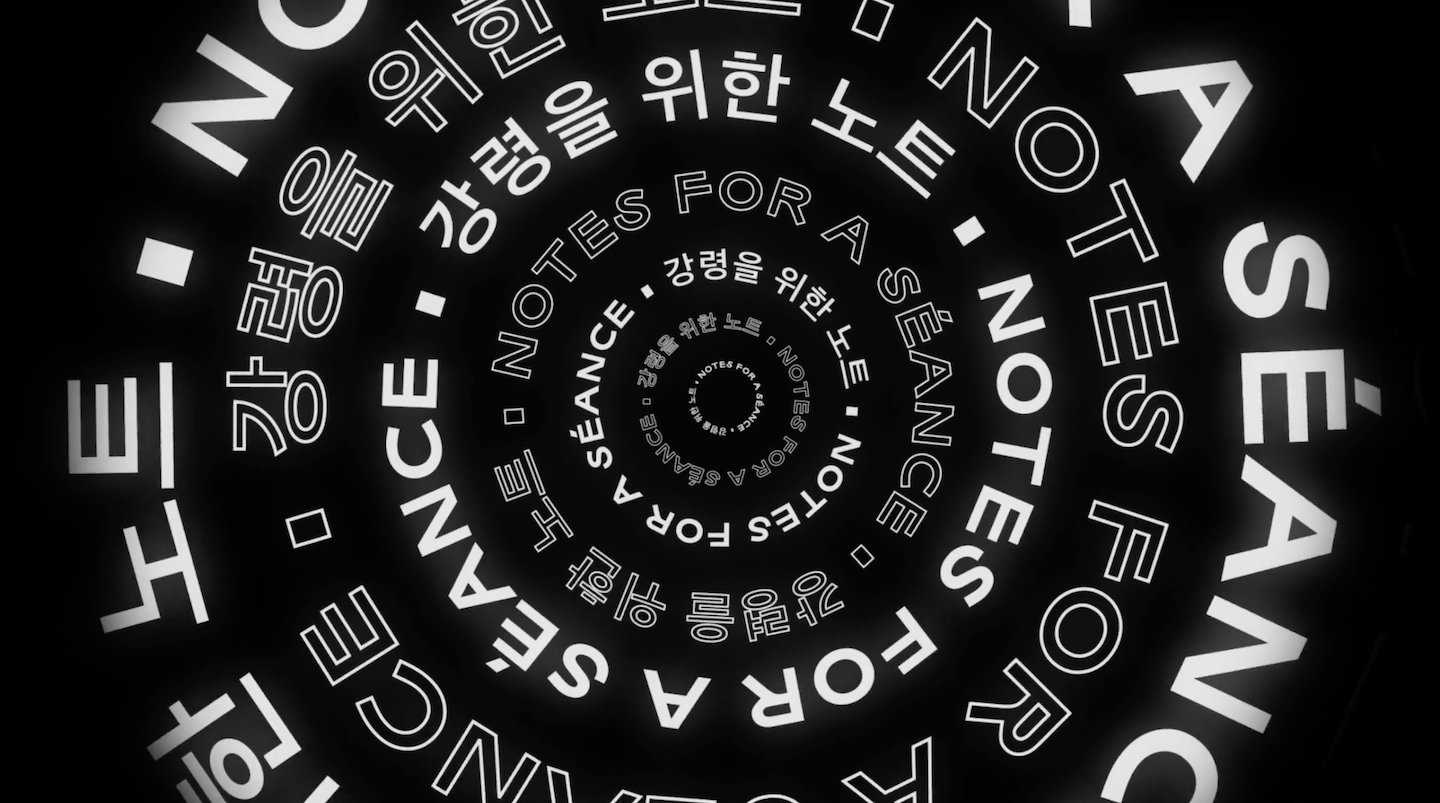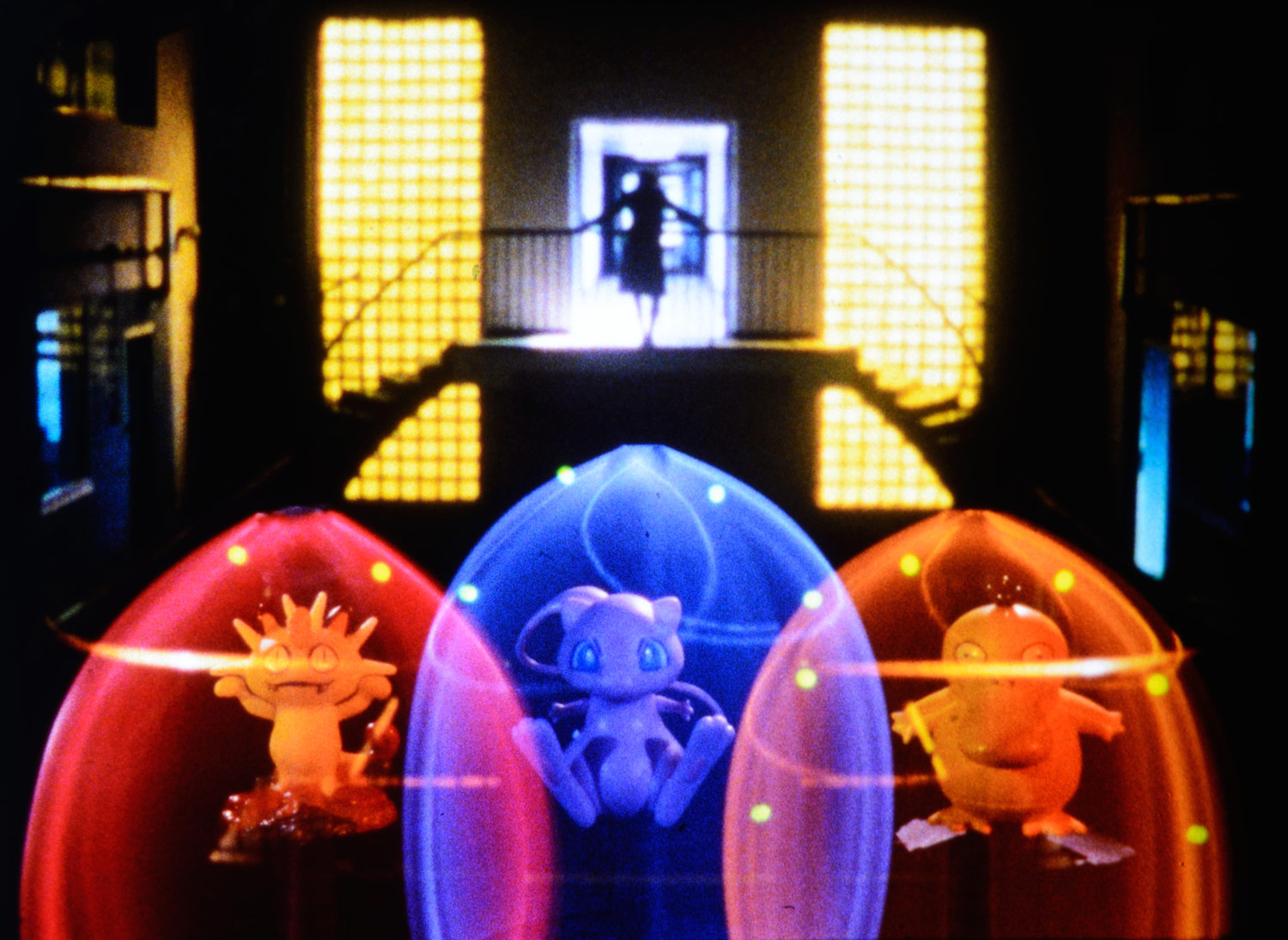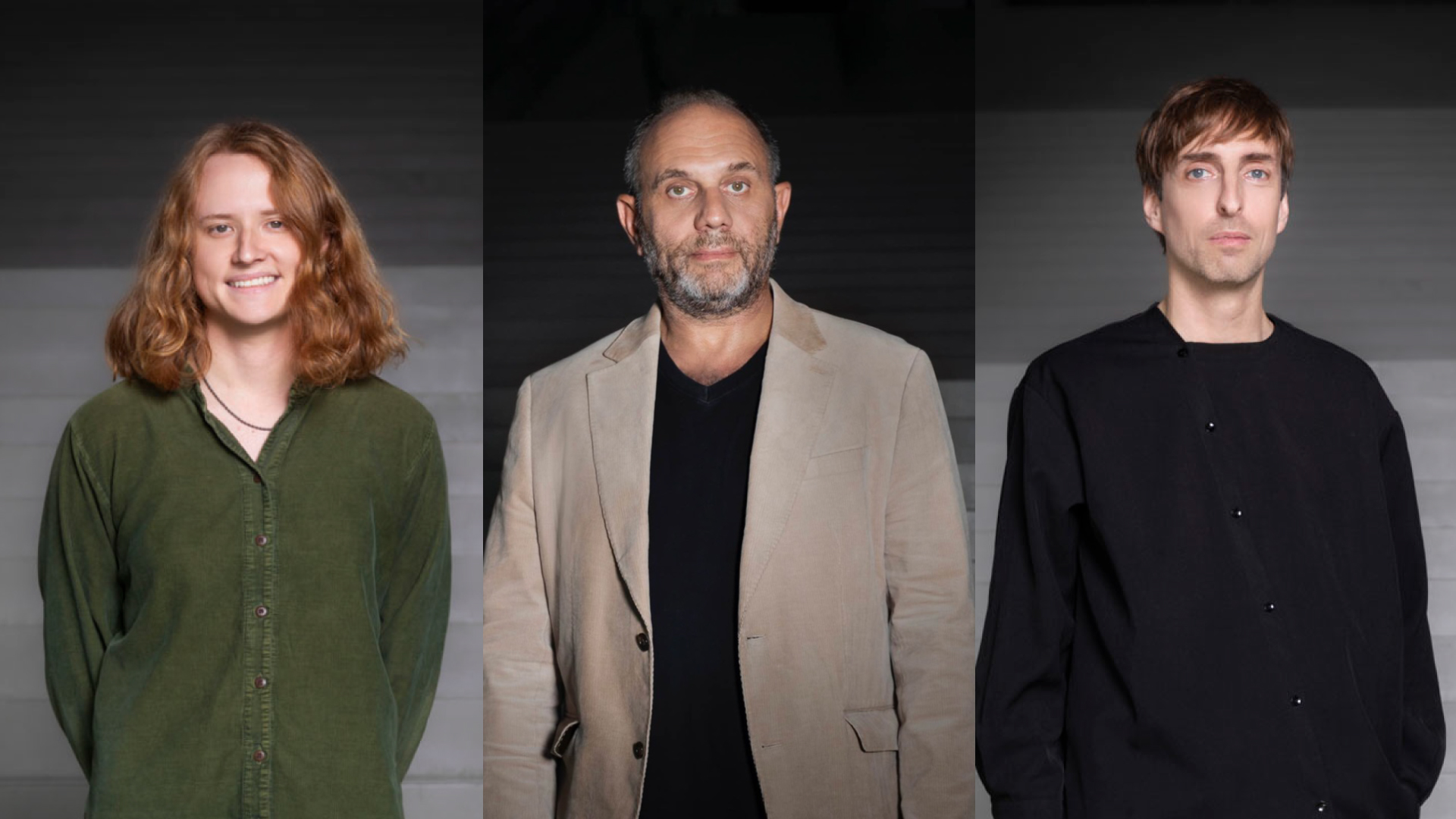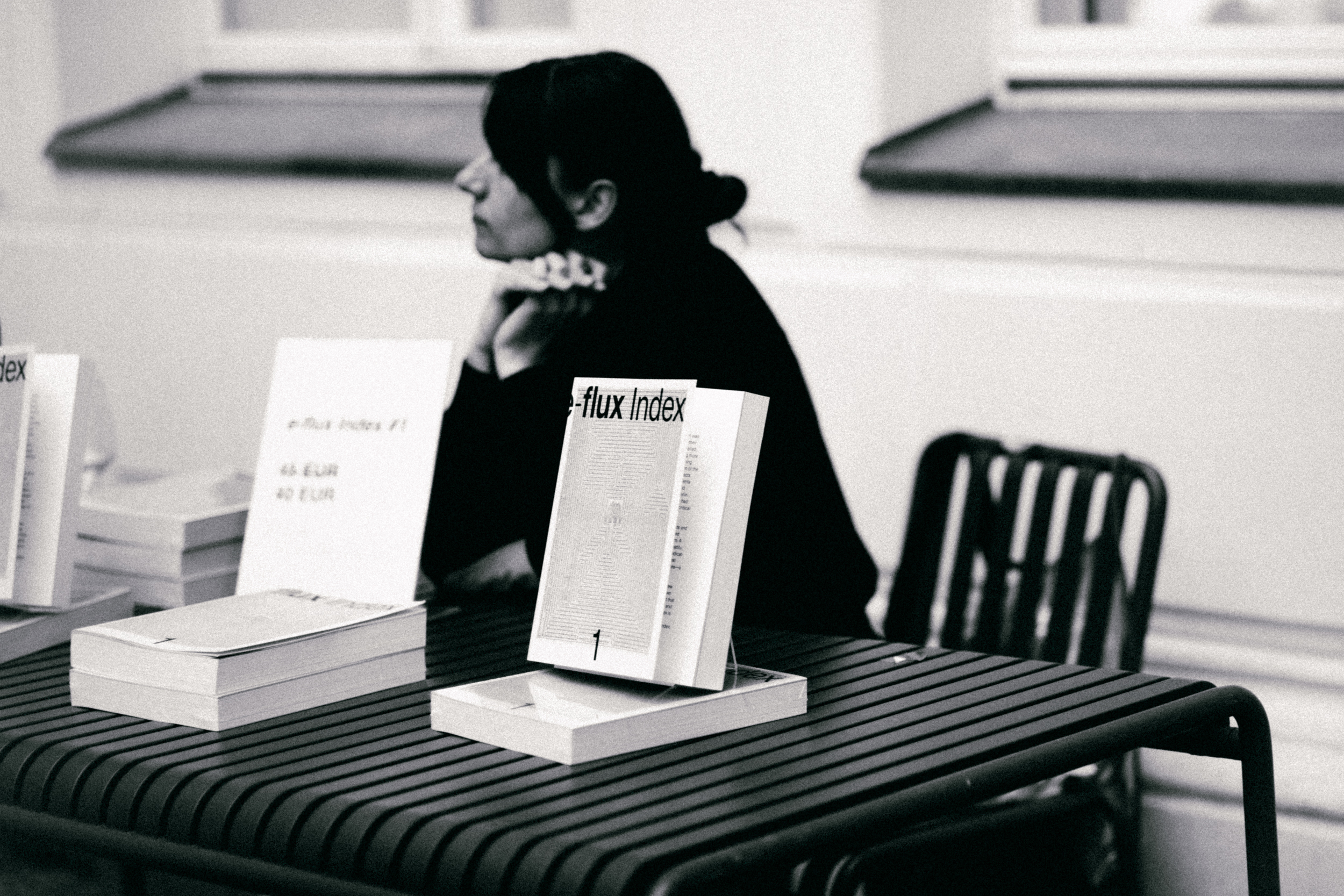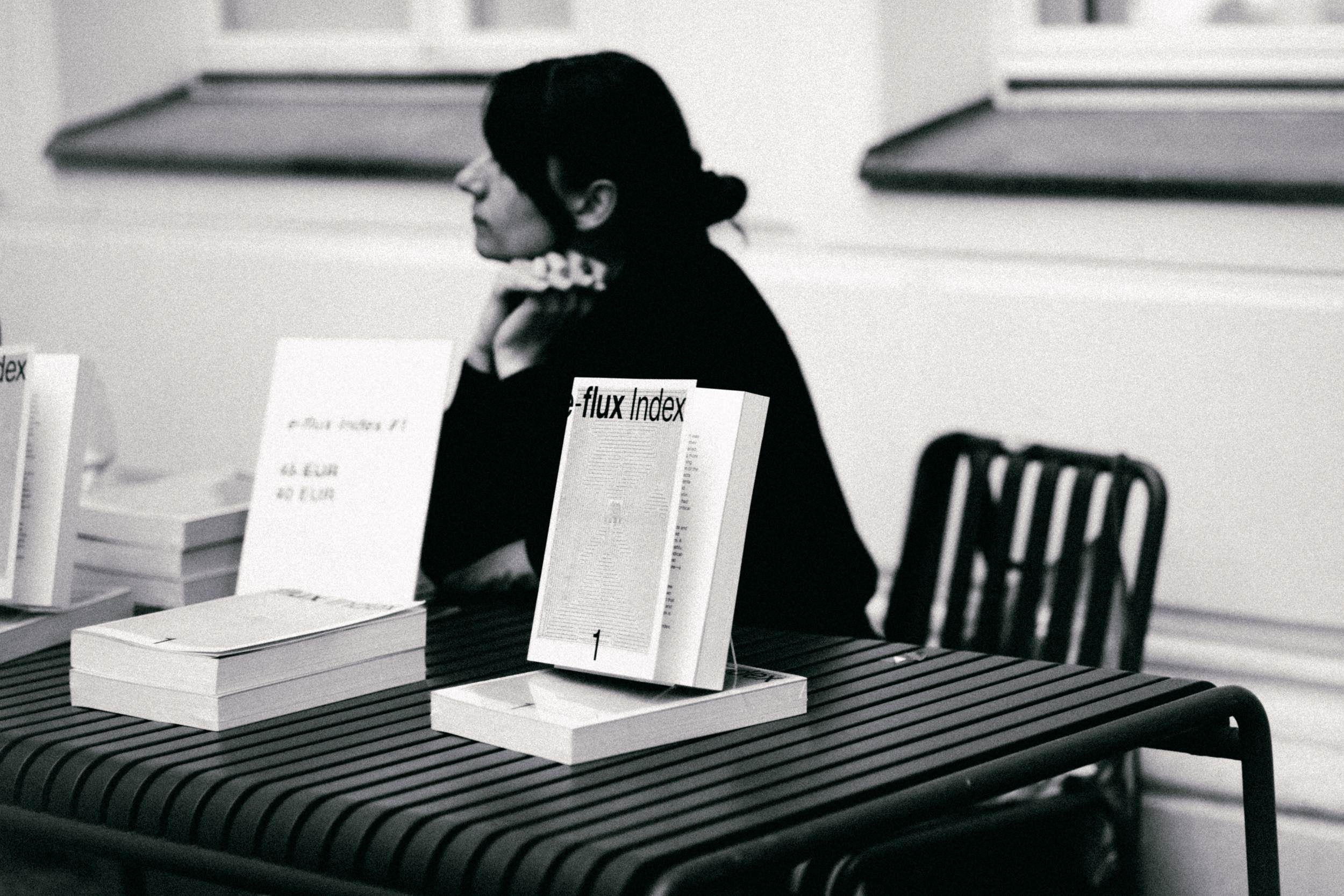April 12, 2011, 12am
e-flux is delighted to present an exhibition of works by Gustav Metzger conceived by Hans Ulrich Obrist and Anton Vidokle following the exhibition “Gustav Metzger: Decades 1959-2009,” curated by Julia Peyton-Jones, Hans Ulrich Obrist, and Sophie O’Brien at the Serpentine Gallery in 2009.
Born in Nuremberg, Germany in 1926 to Polish-Jewish parents, Metzger was evacuated to England as part of the Kindertransport in 1939. For 60 years, Metzger has practiced as a vehemently political artist and activist, with work spanning from the conception of auto-destructive art and the production of political manifestos to the initiation of strikes against consumerist markets, including the art world and the airline industry. Taking up art, politics, ecology, science and technology, Metzger critiques capitalist, industrialized society and systems of control, reflecting his discerningly adept perception on the rapidly changing world, contextualized by his experience of some of the twentieth century’s most devastating events.
Two key works will be on view: MASS MEDIA: Today and Yesterday (2011), and Historic Photographs: To Walk Into – Massacre on the Mount, Jerusalem, 8 November 1990 (1996/2011), both part of the Historic Photographs series in which the artist responds to the media’s persuasive yet inadequate documentation of traumatic events throughout history. In MASS MEDIA: Today and Yesterday, (2011), thousands of newspapers are stacked in a rectangular mass in the middle of the e-flux project space. The viewer is invited to cut out articles related to the topics “credit crunch,” “extinction,” and “the way we live now” from local daily newspapers and display these on a wall. Addressing the capitalist consumption of goods and information that in turn threatens the planet’s ecological survival, the work suggests an endless collective expression of political disenchantment.
In Metzger’s ongoing Historic Photographs series, enormous reproductions of newspaper photographs—of the Holocaust particularly and more recent events such as the Vietnam War—are often obscured by a physical barrier of curtains, bricks or rubble. The uncomfortable intimacy and distorted perception of the original photograph makes it impossible to see in its entirety. To Walk Into – Massacre on the Mount, Jerusalem, 8 November 1990, (1996/2011) is a black and white image from the Italian newspaper l’Unità, taken at Al-Aqsa Mosque in Jerusalem during the Temple Mount massacre in Jerusalem on November 8 1990. The newspaper remains a central motif of Metzger’s work, asking us to challenge the obtrusive media presence in society. It embodies the tension at the core of Metzger’s practice: the use value of science, technology and politics as tools for societal progression, versus their criminal disintegration of the natural world and ethical tendencies.
Gustav Metzger’s work has most recently been exhibited in “Modern British Sculpture” at the Royal Academy, London, the 2011 Sao Paulo Biennale, and the XIV International Sculpture Biennale of Carrara. He has held solo exhibitions at the Serpetine Gallery, London; Zacheta National Gallery, Warsaw; Westfalischer Kunstverein, Munster; Lunds Konsthall, Sweden; and the Generali Foundation, Vienna. Metzger’s work was also included in the 2009 Tate Triennial, the 2008 Yokohama Triennial; and the 2007 Skulptur Projekte Münster. Metzger lives and works in London.
Special thanks to Laura Barlow (Exhibitions Curator, e-flux), Leanne Dmyterko (Assistant to Gustav Metzger), Mike Gaughan (Gallery Manager, Serpentine Gallery), Barbara Meneghel, Gustav Metzger, Sophie O’Brien (Exhibitions Curator, Serpentine Gallery), Julia Peyton-Jones, (Director, Serpentine Gallery) and Lorraine Two (Executive Assistant to Hans Ulrich Obrist, Serpentine Gallery).
For further information please contact mila@e-flux.com.
